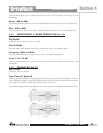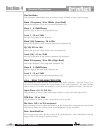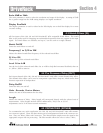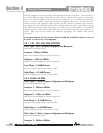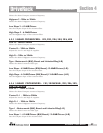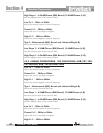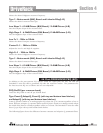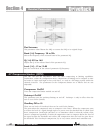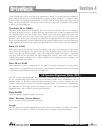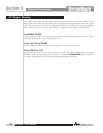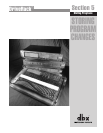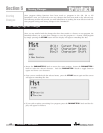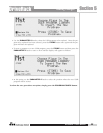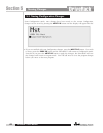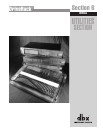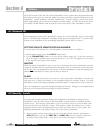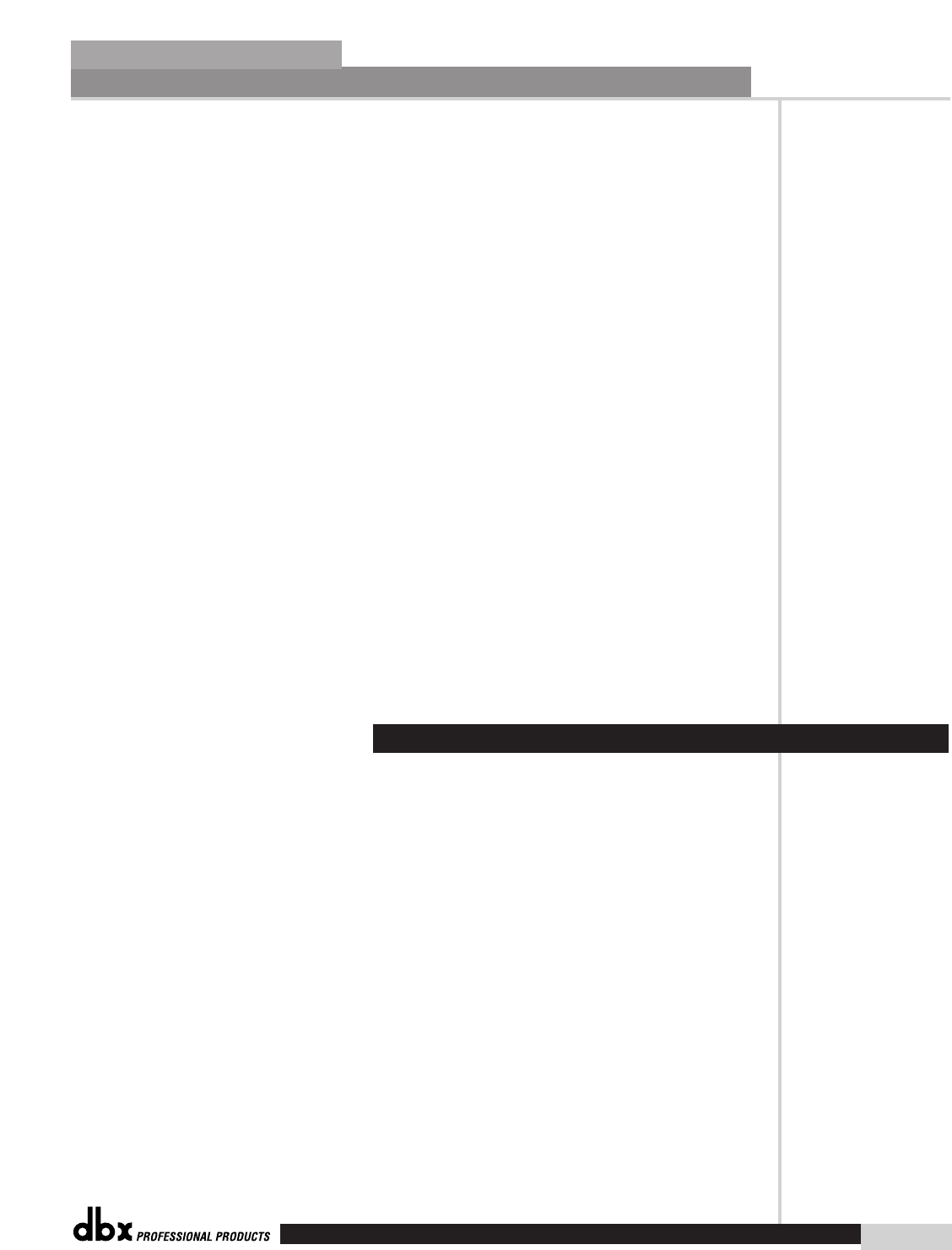
®
Detailed Parameters
Section 4
DriveRack
™
41
DriveRack™ User Manual
more natural and will be used for most applications. When it is gentle (natural sounding or
light) compression that you are looking for, the compressor offers VariKnee™. VariKnee™ gives
you ten levels of OverEasy® compression to choose from (1 being almost hard knee and 10
being the most OverEasy®). This lets you choose the exact knee that is needed for the dynam-
ic effect you are looking for.
Threshold -40 to +20dBu
Threshold is the signal level at which the 480, 481 and 482 DriveRack™ units start to compress
the signal. If the level is set to -10 dBu, than any signal larger than -10 dBu is compressed while
any signal that has a level that is lower than -10dBu is left at the same signal level. Light com-
pression is where only the loudest parts of the signal go over the threshold. Very heavy com-
pression can be achieved by setting the threshold low enough that almost the entire signal con-
tent is over the threshold. For most signals the most natural compression is achieved when most
of the signal content remains just below the threshold and only the peaks cross the threshold.
Ratio 1.0 to Inf:1
Ratio is the amount the 480, 481 and 482 DriveRack™ units reduce the signal level of the sound
that is above the threshold. A 2:1 ratio means that if the incoming signal is 2dB over the thresh-
old the 480, 481 and 482 DriveRack™ units will compress the signal, and outputs a signal that
only goes 1dB over the threshold. For light compression choose a lower ratio, while a heavy
compression requires a higher ratio. A setting of Inf:1 sets the compressor act as a limiter, and
engages peakstop+ if turned on.
Gain -20 to +20 dB
This parameter is used to compensate for the gain lost during compression. By using heavy
compression on a signal and then boosting the signal with the output gain, the user can create
a signal that sounds much louder than it actually was.
The 480, 481 and 482 DriveRack™ units also offer a speaker alignment delay which is ideal to
use for compensating signal delay that occurs between speaker driver components such as
speaker clusters or between internal speaker components such as horns, speakers and sub-
woofers within speaker cabinet. The Speaker alignment delay is also ideal for compensation
the difference in that high and low frequencies travel. The parameters for the Speaker
Alignment Delay are as follows and are user adjustable:
Delay On/Off
Turns the Speaker Alignment delay on and off.
Units - Seconds, Feet or Meters
Selects the unit of measurement for the delay.
Length
Sets the amount of Speaker Alignment delay time. Delay times include: Seconds- 0-170.64ms,
Feet- 0-192.32 and Meters - 0.0-58.5. Fine adjustments are made in 10ms increments.
4.8 Speaker Alignment Delay (DLY)



